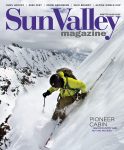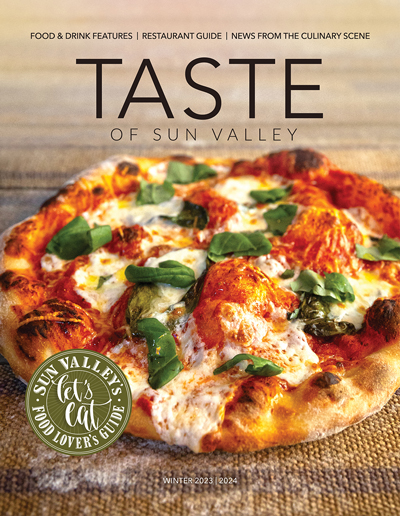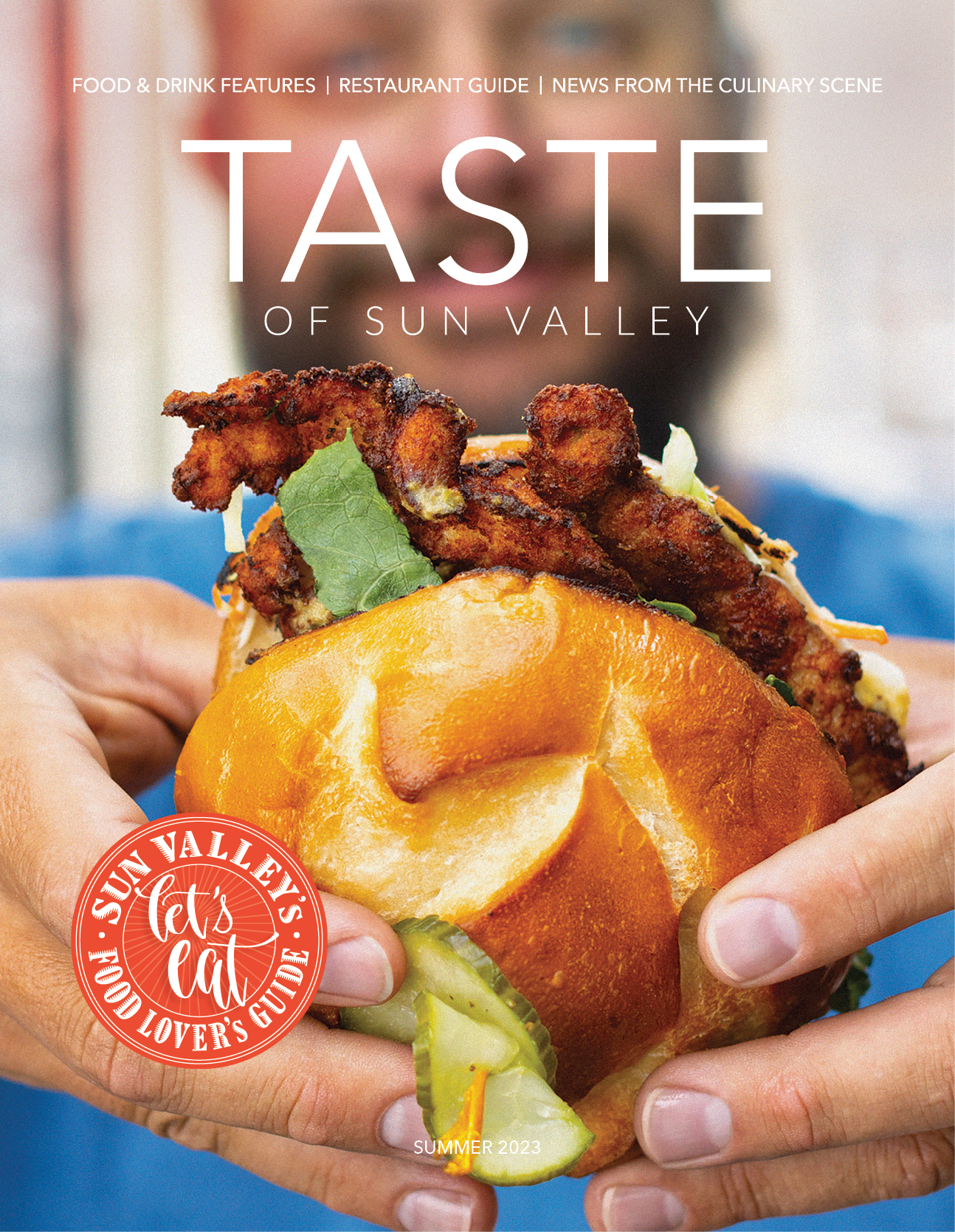This is not the first time producer Elise Pearlstein (Oscar-nominee for “Food, Inc.”) and director Jessica Yu have teamed up to cause a political stir through documentary filmmaking. Working together for 10 years on projects like “Protagonist” and “The Living Museum,” they joined together to focus on “the most pressing issue of our time and our future”—the water crisis. During the 2012 summer Sun Valley Writers’ Conference, where “Last Call at the Oasis” was screened, Pearlstein shared her thoughts with Sun Valley Magazine about the film, and what the water crisis means for future generations.
KE: Why did you want to make a film about water?
EP: I hope that it will be a wake-up call because there’s nothing we depend on more than water. Everybody is ultimately affected by the fact that you need water to grow food and, right now, we’re in the worst drought that we’ve had since the Dust Bowl.
KE: You focus on four different regions in the film—Australia, Singapore, the Middle East and the United States. Why are those particular areas significant?
EP: When we were filming, Australia was going through one of the worst droughts they’d ever faced and all the issues that Australian farmers were facing, California farmers will face in 15 years. So it’s a bit of a cautionary tale—what will happen if we do nothing?
Contrarily, Singapore is one of the most proactive and advanced places in the world with its water policy. They now are literally the leaders of water technology in desalinization, recycled water and recycled sewage water. They even harvest their rain. So we look to Singapore as a way to be proactive.
In the Middle East, we found an organization of Israelis, Jordanians and Palestinians who are all collaborating to improve the quality of the Jordan River, because it is a shared water source. We were inspired by what they were doing—taking tension as an opportunity to cooperate rather than create more conflict. And in the United States, we have a lot to learn. We consume a lot of water without really taking water issues into account.
KE: Has there been any political backlash? How has the Environmental Protection Agency (EPA) been involved?
EP: We try not to be critical of the EPA but … they are underfunded and taxed. The EPA is the one regulating the amount of chemicals that can be in water … We do a story about Atrozene, which is an herbicide, and trace amounts of it are in water all over the US and there’s a lot of debate about what level is safe. One of our scientists has shown in a lot of his work that the level that the EPA thinks is safe is much, much higher than what he’s found to be safe.
 KE: What is it like being a woman filmmaker?
KE: What is it like being a woman filmmaker?
EP: You find more female directors and producers in documentary than you do in the big Hollywood movies. I don’t know if there’s anything that gives women a particular insight or talent with documentary film, but it’s so much about the people that you meet and listening to peoples stories, that I feel women make really good documentary filmmakers. But it’s hard—you have to kind of push the doors open a little harder.
KE: What is your connection to Idaho and Sun Valley?
EP: My Mom is from Pocatello. She was born and raised in Pocatello, Idaho and moved to California when she was about 15 or so. I’ve been to Sun Valley two other times, but it’s my first time at the Writer’s Conference, which has just been so great.”
KE: Tell me about Participant Media.
EP: They’re a really interesting company that does both narrative and documentary films [such as "An Inconventient Truth"] that bring attention to pressing issues, whether it’s through entertainment or through entertaining documentaries. I had just worked with them on this film, Food Inc., that I produced with Robby Kenner. So the head of documentaries at Participant wanted to do something about water and they brought Jessica and I into the project.”
KE: How long have you and Jessica Yu worked together?
EP: This is second theatrical documentary that we’ve worked on together, but we’ve done other projects. We have known each other and worked together on and off for over 10 years. We actually met around 1995. I used to work in the narrative part of Hollywood, for feature film companies, and when she made her very first, very short, very funny film called Sour Death Balls, I was sent to the film festival to scout new films. We ended up roommates. I left that feature film world because I really wanted to make documentaries, so I called her up and she introduced me to some people that I worked with on my first documentary.
We are also working a film for the Gorongosa National Park in Mozambique. We are also going to do a film about world population. So we’ve got our hands in a lot of things.



